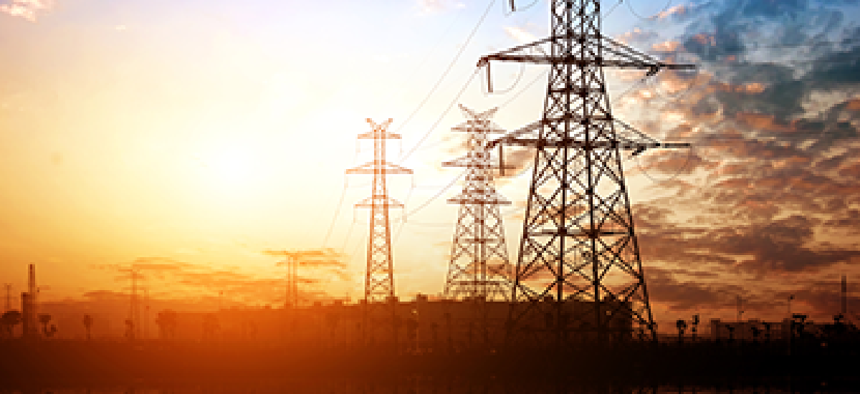DOE releases cyber procurement guidelines

The nonbinding rules are aimed at reducing vulnerabilities in the power sector's procurement process.

The Energy Department has issued procurement guidelines for building cybersecurity protections into the design and manufacturing of energy delivery systems.
The Cybersecurity Procurement Language for Energy Delivery Systems, unveiled April 28, focuses on perceived vulnerabilities in the industry's procurement process, including in software use and the account management of energy delivery systems.
The latter category includes supervisory control and data acquisition systems and other automation tools that are becoming the norm as utilities modernize their grids. Many of those energy delivery systems "are configured with default accounts and passwords that are sometimes publicly available," the new guidelines state.
Defense and homeland security officials have warned in recent years that the U.S. power grid is susceptible to cyber and physical sabotage. In an October 2012 speech, then-Defense Secretary Leon Panetta cautioned that a nation-state or extremist group could "shut down the power grid across large parts of the country."
A federal analysis found that knocking out just nine of the nation's 55,000 transmission substations could trigger a widespread blackout, according to a report in the Wall Street Journal last month.
The new DOE guidelines are not binding but are intended as baseline principles from which procurement contracts can be written. DOE's Office of Electricity Delivery and Energy Reliability and the Department of Homeland Security's Industrial Control Systems Cyber Emergency Response Team helped produce the document.
"As we deploy advanced technologies to make the U.S. power grid more reliable and resilient, we must simultaneously advance cybersecurity protections," Energy Secretary Ernest Moniz said in a statement.
The new guidelines will help the utility industry use the cybersecurity framework the Obama administration released in February to "address supply chain considerations," White House Cybersecurity Coordinator Michael Daniel said.
DOE established a cybersecurity information-sharing program last year between government and the energy sector that makes a DOE-developed device for continuous monitoring available to organizations. Department officials said they expect 20 new organizations to join the program this year.





